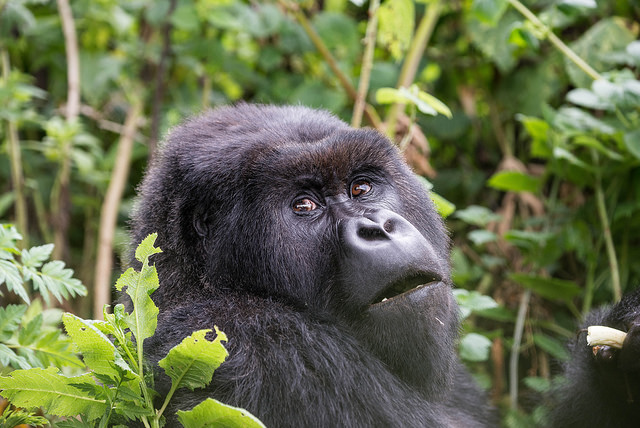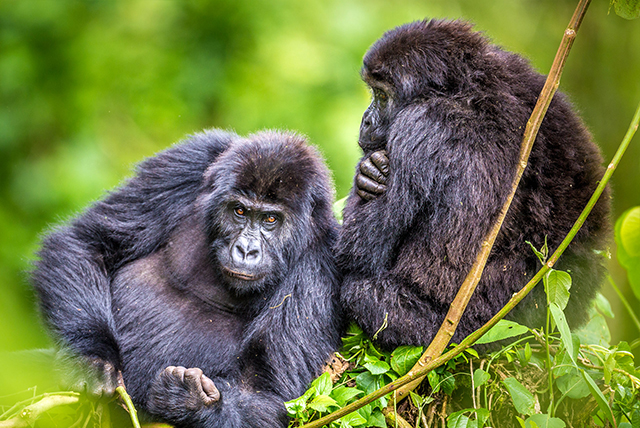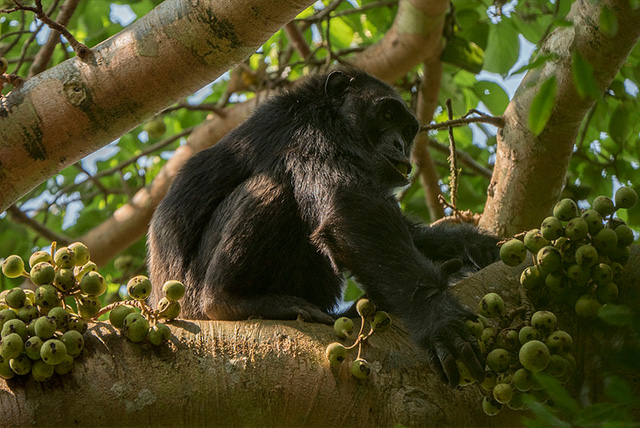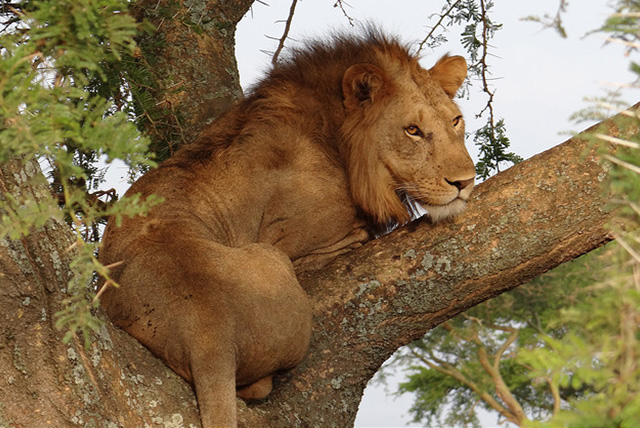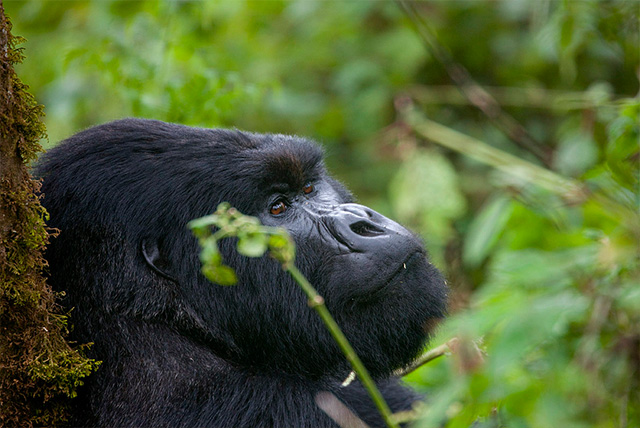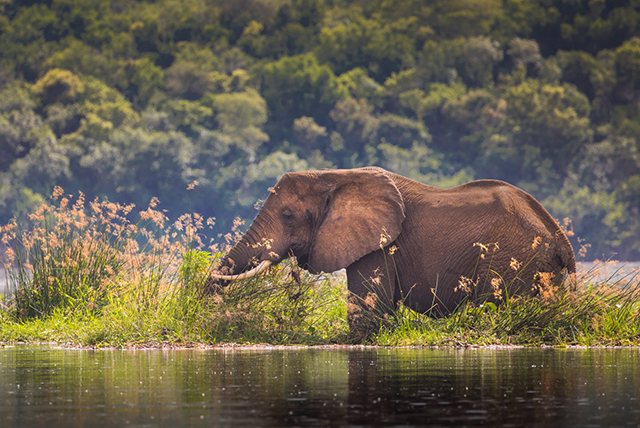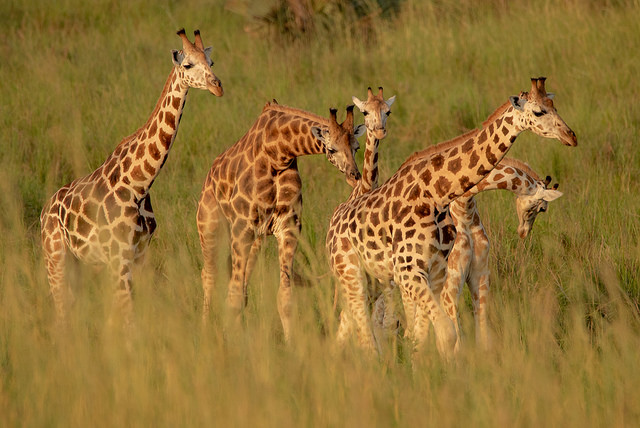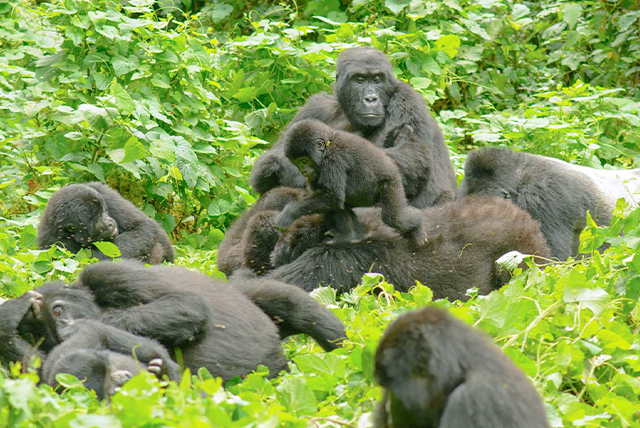Namibia Climate and Weather
Namibia Climate and Weather
Namibia boasts a subtropical desert climate marked by significant variations in temperatures between day and night, minimal rainfall, and generally low humidity. Namibia has a unique seasonal rhythm, with winter and summer occurring at different times than in Europe and North America, aligning instead with the Dry and Wet seasons.
The climate of Windhoek in relation to the parks of Namibia
Aside from the temperature, the climate of Namibia’s parks mirrors that of Windhoek. Windhoek sits atop the semi-arid central plateau at an elevation of 1,700m/5,577ft, while the majority of parks are found around 1,000m/3,280ft and below. As you descend, the warmth rises by approximately 6°C for every 1,000m (or 3.5°F per 1,000ft) you travel downwards. Consequently, the parks in Namibia experience higher temperatures, particularly those found in the desert regions. The far north, encompassing Etosha and the Zambezi Region (Caprivi Strip), experiences elevated levels of rainfall. As you venture further south, the heat intensifies and the air becomes arid.
Dry Season – May to October – The Season of Chill
The winter season is marked by minimal rainfall and a refreshing lack of humidity. Creatures of the wild will converge around waterholes and rivers as other sources of hydration dwindle.
May – The summer’s journey comes to a close. The rains have ceased, yet the landscape remains vibrant and lush. The nights still hold a gentle warmth, while the days bask in a delightful range of 24-28°C/75-82°F.
June – The nights are turning brisk, with temperatures dipping below 10°C/50°F. In desert areas, the temperatures can drop to chilling levels. The daytime temperatures remain inviting, hovering between 20-24°C/68-75°F.
July & August – The average maximum temperature ranges from 21-25°C/70-77°F. The typical minimum temperature hovers around 7°C/45°F, yet it can dip below freezing during the night in the deserts and elevated regions. Make sure to bring cozy attire for those early morning game drives.
September and October – September is a month full of excitement. The mornings still hold a hint of coolness, but that refreshing chill is starting to fade away. The air is crisp, and the heavens are wide open. As October unfolds, the lush greenery begins to wane, and the warmth steadily intensifies.
Rainy Season–November to April – Warm Season
November – The warmth intensifies, and by this time, the temperatures soar, yet the humidity remains low, creating a surprisingly enjoyable atmosphere. During the day, temperatures typically soar above 30°C/86°F, with the deserts often experiencing even more extreme heat. Clouds are beginning to gather in the afternoons.
December – The initial showers typically make their entrance, bringing a refreshing chill in the air. The landscape transforms after the first rains, bursting into vibrant life.
January & February – This is the height of summer excitement. The climate is often warm and sticky, with temperatures typically reaching between 30-35°C/86-95°F, and occasionally soaring above 40°C/104°F in the desert. While there might be intense rain showers in the afternoon, it is not a daily occurrence. Mornings often unfold with a sense of clarity and promise.
March & April – The rain will lessen and come to a halt by April. As the rains subside, a refreshing chill settles in, and the nights begin to embrace a crisp coolness once more. The typical daytime temperatures hover between 25-30°C/77-86°F.


